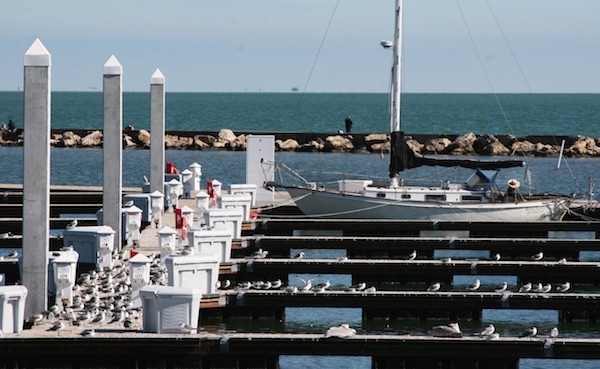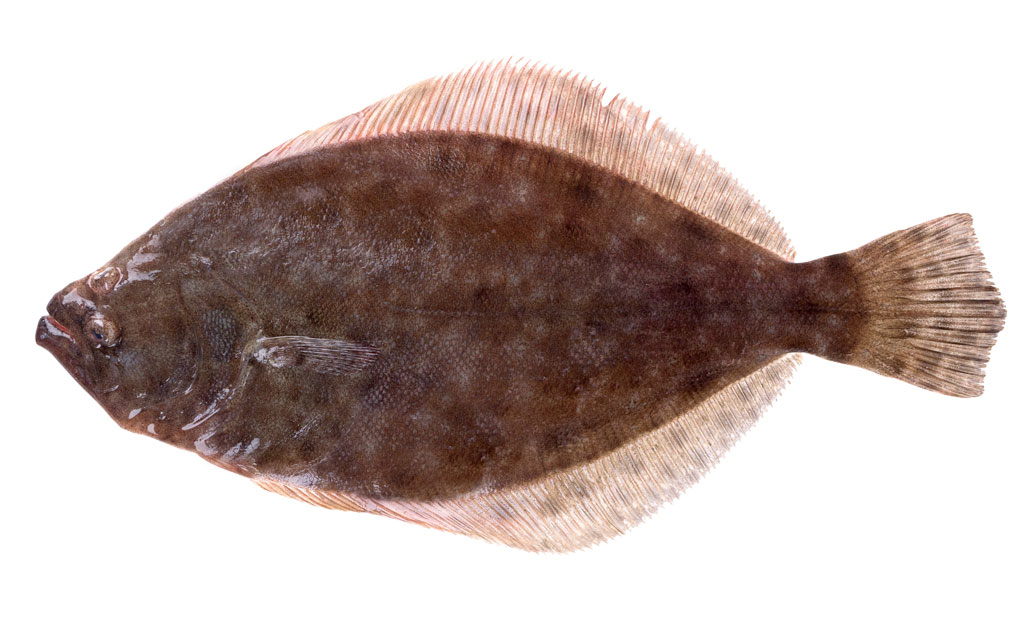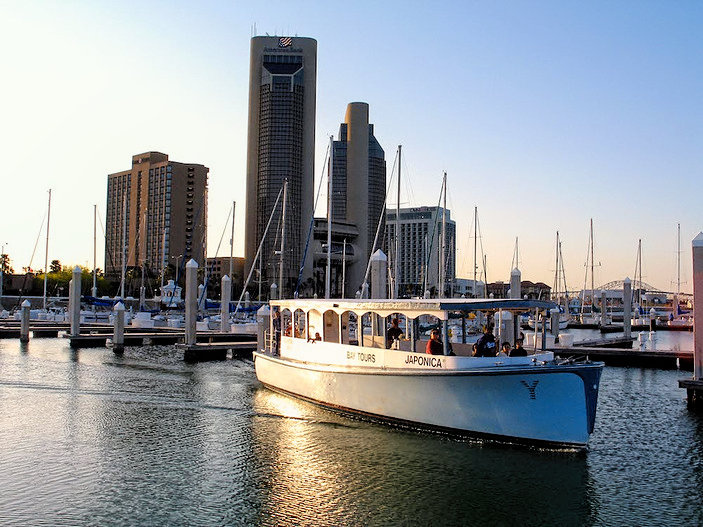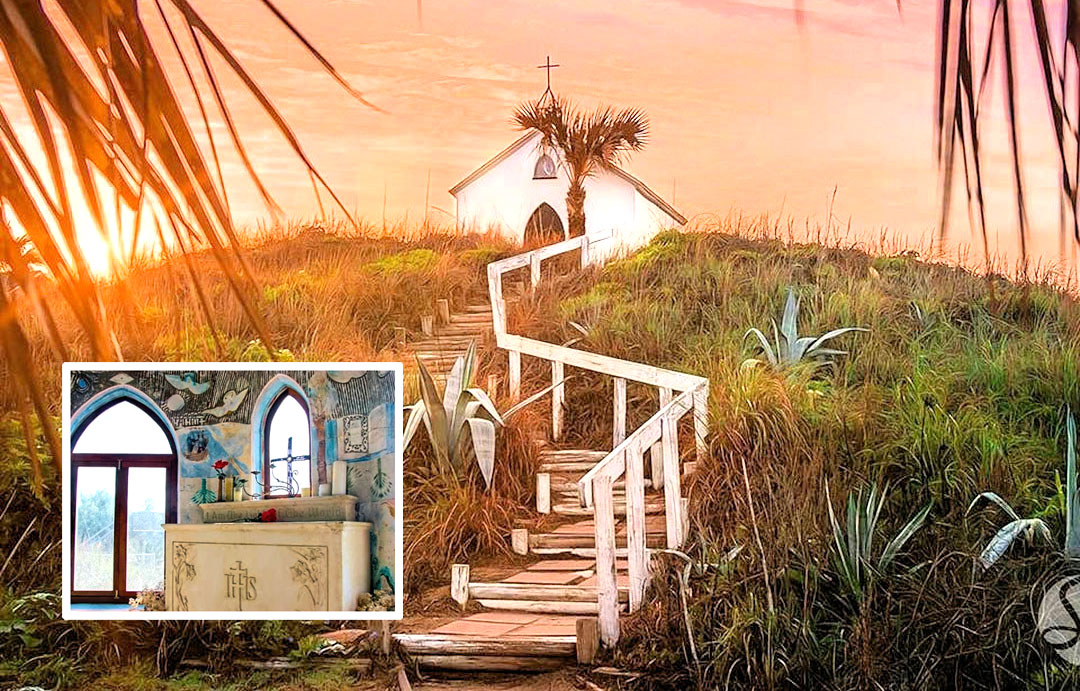
With completion of the latest renovation at the Corpus Christi Marina, new floating slips add protection to boats during tidal surges and hurricanes. The new slips can be seen at the Cooper’s Alley L-Head. Photo by Carrie Robertson Meyer/Third Coast Photo
A $3.2 million renovation at the Corpus Christi Marina recently went into use, providing 118 new floating slips for boats both long and short term. Most of the money came from a Boating Infrastructure Grant from the U.S. Fish and Wildlife Service and Clean Vessel Act Funds from the Texas General Land Office. The rest of the money was borrowed as the two grants required matching funds.
Although the marina belongs to the city, it operates as an enterprise, meaning none of its funding comes from city operations or renovations. It pays for itself through the fees and rents paid by boaters, restaurants and vendors, said marina Superintendent Peter Davidson, a proven master at securing grants. He has brought $10.5 million to the marina during his 17 years in charge.
The new slips at Cooper’s Alley L-Head replace 101 stationary slips built in 1982, long passing their expected 15- to 20-year life span. The new slips were built to handle surges as high as the sea wall — up to 14 feet. Expected life span is more than 75 years.
With completion of the new slips, the marina now has more than 700 floating docks that rise with tidal surges, lessening the chances of boats breaking loose. Boats tied to a stationary dock rise with the water while the dock stays put. They can be easily torn from their moorings during storm surges.
The slips were built with materials known to withstand the corrosive effects of saltwater, including glue-laminated beams and 3-foot concrete pavers used as decking.
With the new decking comes more electricity. A new electrical system brings 480 volts to each main dock, providing 12 volts and 30-50 amps at each slip.
Many of the new slips will be reserved for the 800-1,000 visiting boats that pull into the marina each year. The city-owned marina is the largest — and most popular — municipal marina along the Texas coast.





